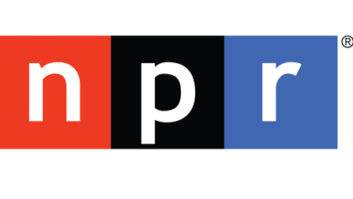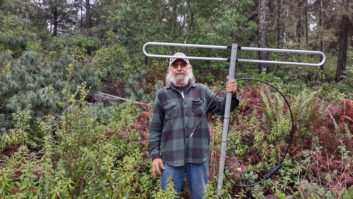I am a long-time radio listener who works at a hospital. I read with interest Philip E. Galasso’s article in the Feb. 11 issue of RW online (“Expanding the FM Band Is a Great Idea — But Keep It Simple“). I would like to expand on his point No. 2 regarding opening up the AM band.
Besides content, if AM is going to survive it will have to be able to get through all the electronic static that has occurred the last 30 years. If all the Class C AMs moved to an extended FM band at 25 kW at 100 meters, that would solve the nighttime mess that occurs now. That would also open up six more clear channels.
If all Class As were up to the Rio maximum of 100 kW, this will help in fighting the aforementioned static. This includes the former 1Bs. No clear should have more than four to six stations. All others would move to either the exFM or the new clear.
As an example, 1230 could have WEPN and WAPI from 1050 and 1070 as the A(1B)s. This would give Alabama a statewide EBS station for emergencies.
Two full-power 50 kW B stations could be on the West Coast. 1240 could have WDIA (1070) and WJAX (1010) as the A(1B) with a full B in northeast and southwest United States; 1340 could have WINS (1010) and a Mississippi station as the A(1B); 1400 could have WDFN (1130) and WGUN (1010); 1450 could have WISN (1130) and KBLA (1580); 1490 could have WLQV (1500) and KRMG (740) along with up to two full Bs.
In return for the increased power, the stations would be required to be able to broadcast emergency news and info as EBS stations.
Any state that doesn’t have a full 50 kW or stronger station could bump up a regional channel to serve as the statewide EBS station.
For example, New Hampshire could upgrade WGIR 610 to 50 kW to serve that purpose. Quebec already sent their 610s to FM. All that would be required is moving WSNG to 1360 as a WDRC sync transmitter, and bumping WIP and CKTB to 10 kW on their present signals. I would also cull the weaker regionals to FM and have the major regionals transmit at least 10 kW day and 5 kW or more at night.
I would also agree with Mr. Galasso on AM IBOC. There seem to be too many problems with it especially at night. Leave it for FM. But even there, compelling programming is needed to make it work. Minor variations on the analog format won’t work in the long run.
Jeff Bottalico
Honolulu












